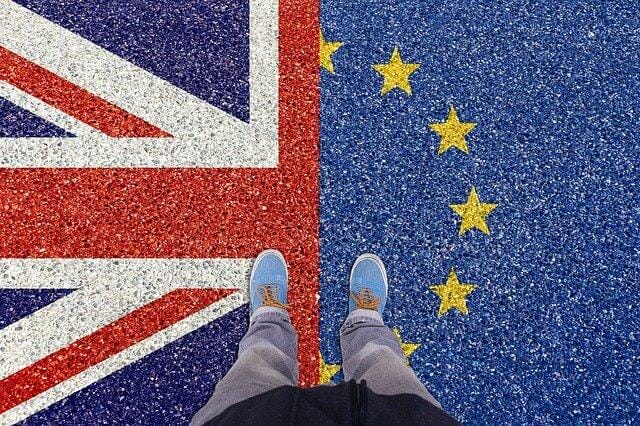A Brexit deal was agreed between the EU and the UK just before Christmas 2020, this set out an extended transition period for food products sold solely to the British1 market, meaning products obeying the pre-Brexit rules are compliant until the end of September 2022. However, from January 1st 2021 there are significant legal changes to food labelling requirements for British goods sold to EU countries. In this article the coding and labelling experts at Clearmark, look at the new label requirements for British foods sold into the European Economic Area (EEA) market:
Labels require an EU-based Food Business Operator (FBO) address
All pre-packaged food sold into the EU now require the address of an EU-based Food Business Operator (FBO) on the label 2 or packaging. This can be your EU company address if you have operations in Europe or an EU or Northern Ireland based importer of your goods. The FBO has legal responsibility for the food complying with local and EU regulations, laws and standards3.
British food products can no longer use the EU emblem
British produced foods can no longer use the EU emblem and must instead use the British emblem to signify the country of origin4 on the food label when exporting to the EU. British-produced goods that are to be sold in Britain can still use the EU emblem until 30th September 2022.
UK reference code for animal product markings
From January 2021 Products of Animal Origin (POAO)5, such as meat, fish, eggs, cheese and milk originating from Great Britain can no longer use EC reference code within the oval health and identification mark which is directly applied to the animal product. This is to be replaced with any of the following, “United Kingdom”, “GB”, or “UK”, for example:

Using Geographical Indicator (GI) logos on protected products
The Brexit deal has recognised all protected foods that had Geographical Protection6 at the end of the 2020 transition period will continue to be protected by the scheme and may use the logos on food packaging. For example, Stilton that has been produced in the East Midlands and Melton Mowbray Pork Pies that have been produced in Melton Mowbray can continue to use the Geographical Indicator logos to demonstrate they are genuine products. If the goods are sold into the EU they should use the existing EU GI logo whereas if they are sold into the UK they should use the new UK GI logos.

Whilst these Brexit changes significantly affect British food and the corresponding labelling requirements for goods shipped to the EU, this is just the start. Further labelling changes coming into effect September 2022 for food products sold in the UK and the potential of further legislature divergence between the EU and Britain will make it all the more important to have a flexible labelling solution that can quickly react to these changing requirements.
Want to discuss your labelling challenges? Visit www.clearmark.uk email [email protected] call 01159 640 144








